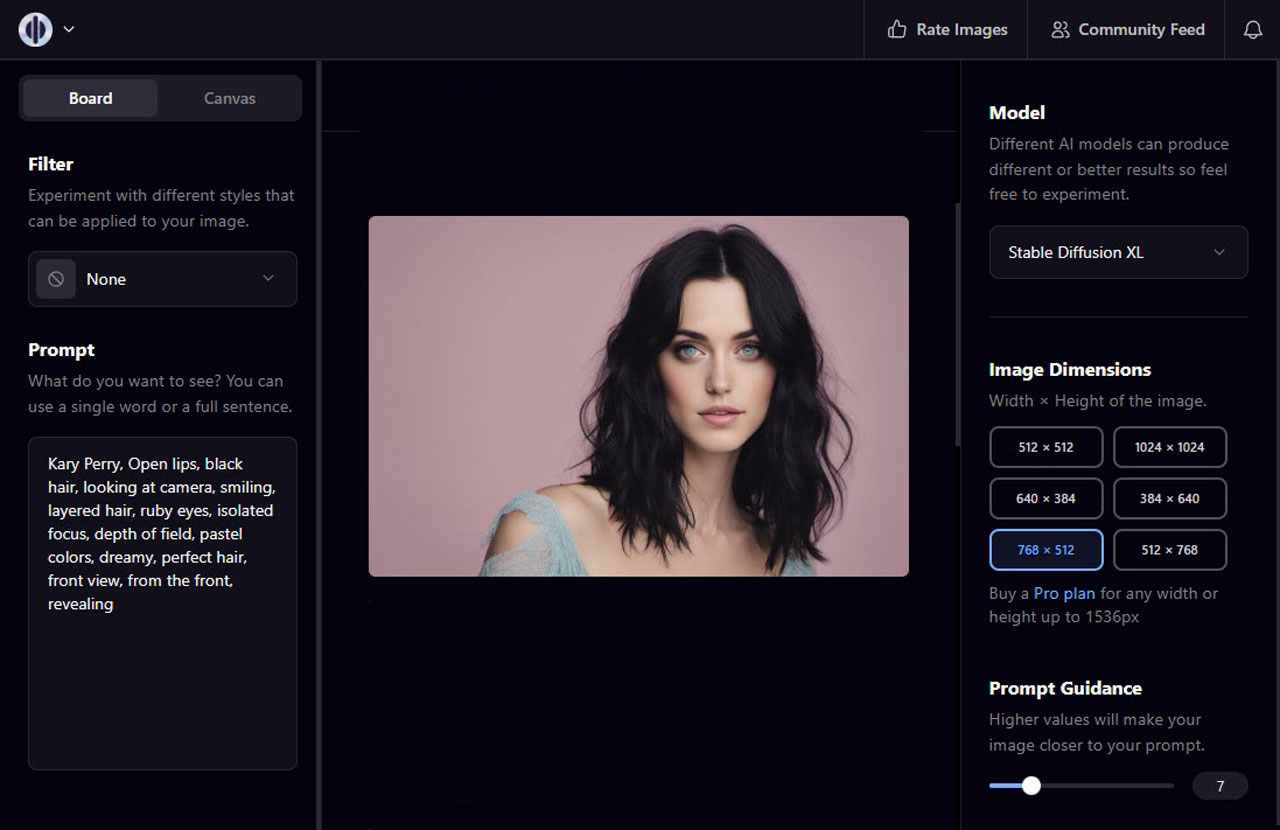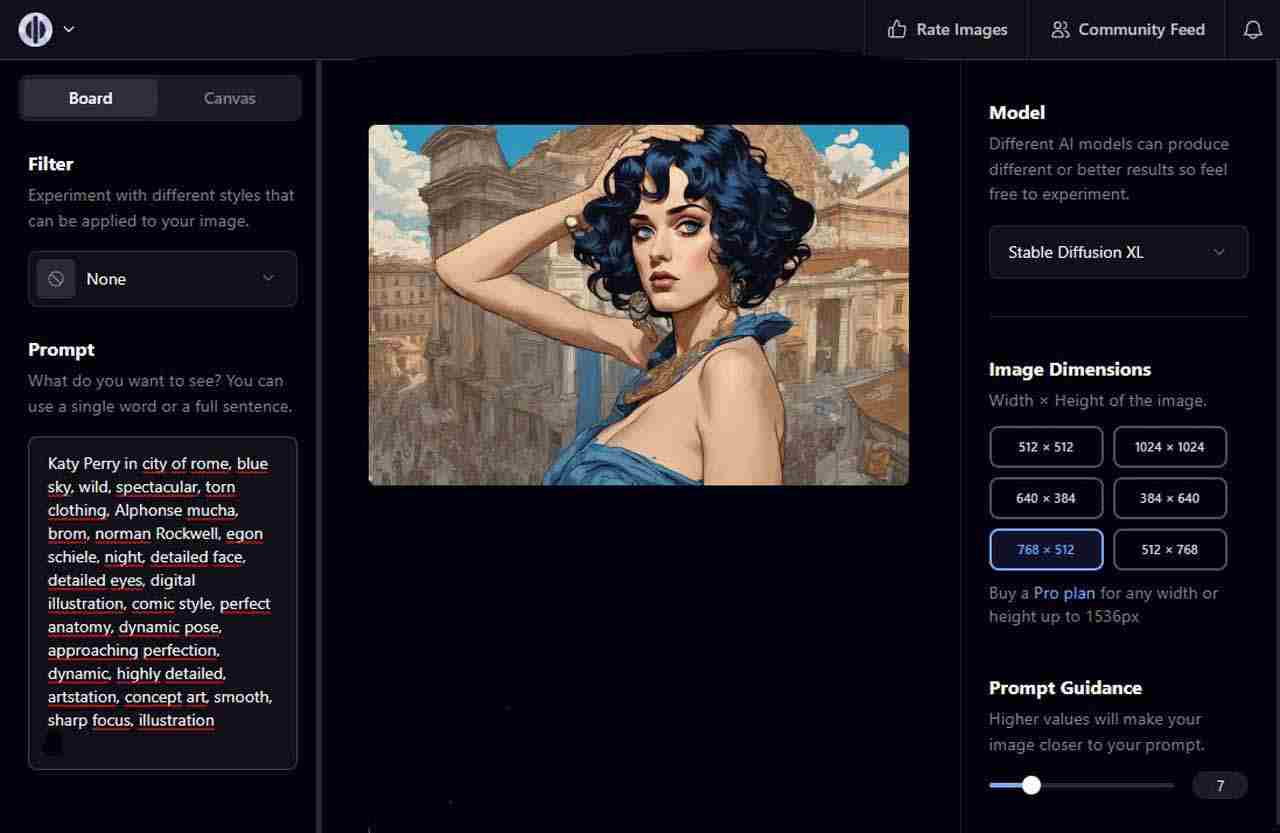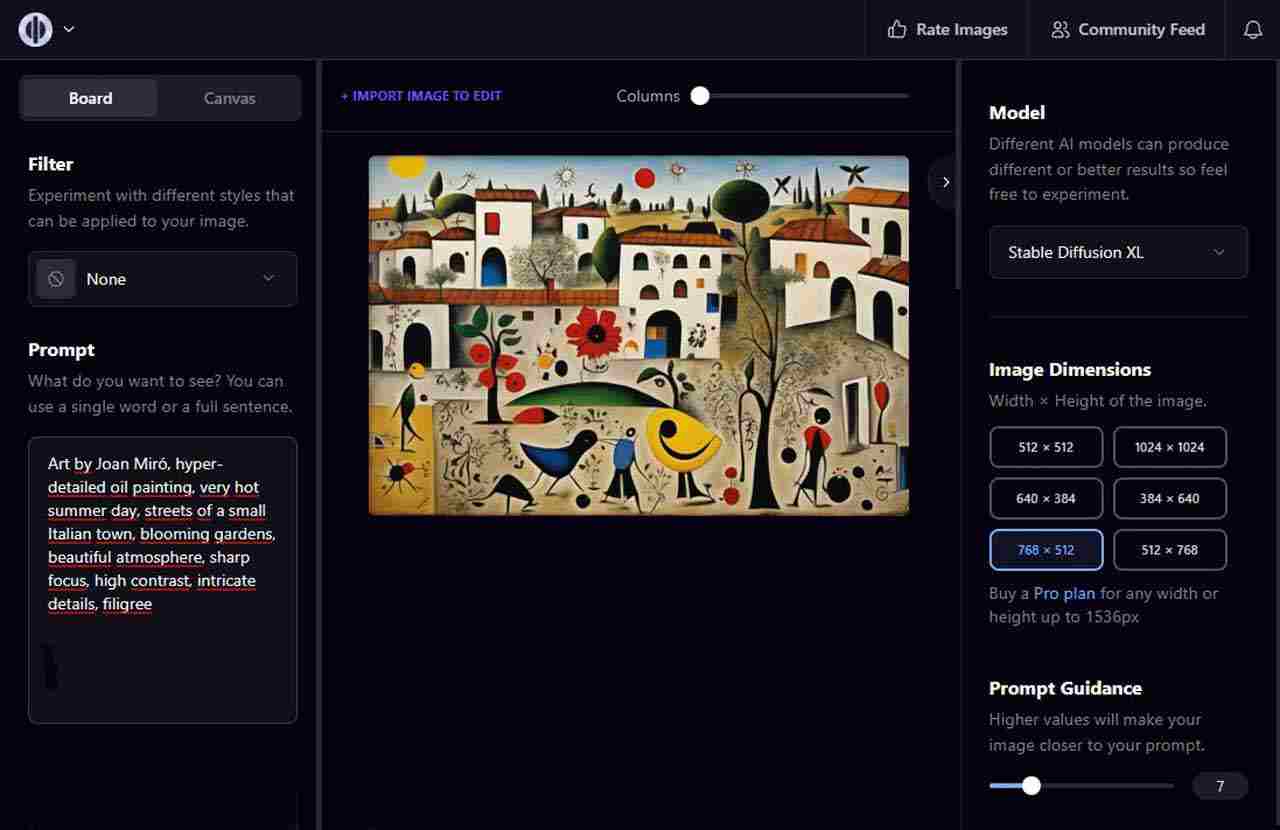You’re invited to join the captivating realm of AI-based image generators, where artistry meets cutting-edge technology. In this decade, artificial intelligence has made a quantum leap in the field of visual arts, introducing us to an awe-inspiring world of generative algorithms that conjure breathtaking images beyond the boundaries of human imagination.
10-15 Minutes to read
Generating Images
Powered by the remarkable capabilities of machine learning and neural networks, AI-based image generators have transcended traditional artistic techniques, venturing into uncharted territories of expression. These virtual artists, wielding data as their brush and algorithms as their canvas, have unlocked the doors to a new dimension of visual storytelling.
Here, the pixels come alive as sentient beings, crafting landscapes that defy the natural world, portraits that elicit emotions from the depths of the soul, and abstract masterpieces that challenge our understanding of form and perception. From the nostalgic charm of reimagined classical artworks to the avant-garde brilliance of never-before-seen creations, AI’s artistic prowess knows no bounds.
But beyond the mesmerizing allure of their output lies the magic of their process. These AI algorithms, like alchemists of old, sift through vast archives of imagery, absorbing the essence of countless human creations, amalgamating ideas, patterns, and styles to birth something entirely novel. It’s as if they have tapped into the collective subconscious of all artists past and present, harnessing their creative DNA to forge original compositions.
Images from Text
One of the best AI tools for synthetic images is Playground AI. The name sounds a bit like a gimmick, but it’s not the case at all. Even the free version offers everything that is needed to generate high-quality images.
As a student, did you also ask yourself what the purpose of something like picture descriptions should be? You can use what you have learned very well for AI-based image generators: good image descriptions are the essential basis for creating artificial images.
Good AI tools for images should provide the following controls over a generation:
-
Text input for the image description
-
Text input to exclude image elements
-
Apply different filters
-
Selection of different algorithms
-
Selection of technical properties of the generated image
Even though I used the free version of Playground AI, all these essential capabilities were available.
Top Image Generators
Many AI tools, such as Midjourney or DALL-E, are now only available for a fee. But there are also image generators that you can use completely or partially free of charge. I want to introduce you to the five best tools.
- Playground AI
-
One of the best free tools to create images using AI right now is Playground AI. Users can create up to 1,000 images a day for free, even without one of the subscriptions. Additional features such as image scaling and higher creation speed are only available in the paid version.
- Picsart
-
On the Picsart. website, you will find a free AI image generator, among other applications. Once you’ve created a design, you can edit it directly in Picsart’s editor, adding text or making other changes.
- DeepAi
-
DeepAi allows you to create images for free by using AI. However, advertising is displayed on the website for this purpose. In addition, not all art styles are available in the free version. In addition to the image generator, DeepAi also offers a free chatbot.
- Bluewillow
-
The presentation of Bluewillow remembers the well-known AI image generator Midjourney. Unlike this, however, Bluewillow is still accessible free of charge. A Discord account is required because the voice commands can only be made via the Discord chat.
- Crayon
-
Crayon’s website allows you to create images with AI completely free. The free improvement function is also available for the content created. However, advertising is displayed for this. Additional functions are available in one of the subscription models.
Synthetic Images
All images are created using the AI tool Playground AI. The pictures are based on text inputs, the so-called prompt. It is surprising, how realistic the outcome is, isn’t it?
| Artificial Images All pictures are a demonstration to show how AI creates or manipulates images. All images are not real, and none of the paintings or persons have any relation to what is shown. |
Paintings
AI-generated paintings of well-known artists bring many opportunities and challenges to the art world. They can be a source of inspiration, a tool for creative exploration, and a means of preserving artistic legacies. However, they also raise questions about creativity, authenticity, ethics, and the evolving role of technology in the realm of art. These discussions will likely remain at the forefront of the art community’s discourse as AI advances.
Anyway, it’s on you, to have your own Picasso, Van Gogh or a Miro in your personal pictures collection.
Portraits
Morphing is commonly used for creative entertainment, art, and advertising effects. It can also be used for scientific purposes, such as studying how facial features change over time or making virtual characters in video games appear more realistic.
| The morphing technology can be misused to create fake images or violate people’s privacy. |
I let Playground AI work on an image of myself to make me somewhat younger. Real nice!
The use of images of celebrities is widespread in various fields, including entertainment, advertising, media, and social media. Unauthorized use of celebrity images can lead to legal complications and copyright infringement claims, which may result in financial penalties for the parties involved.
The use of AI-generated images of celebrities raises various legal and ethical questions. Laws and regulations around deepfakes are still evolving, and holding individuals accountable for creating or sharing such content may be challenging.
| AI-generated images of celebrities can be a double-edged sword. While it offers exciting creative possibilities in the entertainment industry, it raises significant concerns about privacy, consent, misinformation, and fraud. |
Cartoons
AI-generated cartoons of celebrities can be used for entertainment purposes, such as in animated shows or short clips. Fans may enjoy seeing their favorite celebrities in cartoon form, engaging with the content in new and exciting ways.
| Using AI-generated cartoons of celebrities offers both exciting possibilities and challenges. Striking a balance between creative expression, privacy rights, and responsible use of technology will be crucial as this field evolves. |
Phantasy Characters
Using AI-generated fantasy characters based on celebrities is a topic with various implications. It offers exciting opportunities for creative expression and fan engagement but raises important ethical, legal, and societal concerns. Striking a balance between artistic freedom and respect for celebrity rights and public interest will be crucial.
| Note that AI-generated characters might be used in contexts that could misrepresent the celebrity or lead to confusion about their involvement in a particular project. Synthetic images potentially damage the celebrity’s reputation or lead to misunderstandings among the public. |


